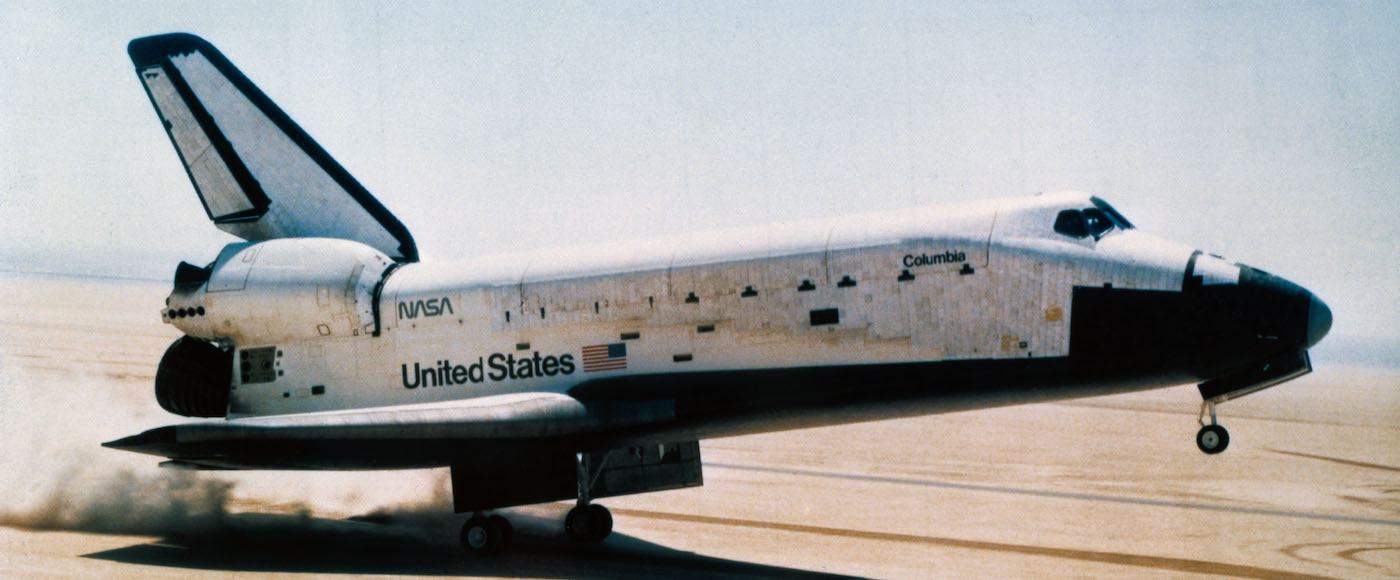
Modern orbital space exploration
At the end of the Space Race of the 1960s’ and early 1970s’ both the Soviet and American space programs lost funding for manned exploration to other celestial bodies. Instead the Americans and Russians started to focus on orbital manned missions. Both countries started building space stations, which became more and more complex. Because they needed a cheaper and reliable way of hurling their astronauts into space NASA started the Space Shuttle program. After the end of the Cold War new possibilities of cooperation resulted in the International Space Station being built.

1 of 5
The Mir (which stands for “peace” in Russian) space station was a grand success that enhanced the reputation of the Soviet space program. Its existence also played a fundamental role in creating a new era of cooperation between the U.S. and the Soviet Union — cooperation that culminated with missions in which the Space Shuttle docked at Mir.

2 of 5
Living and working in the ISS comes with a particular set of challenges, and the astronauts are making valuable scientific contributions with the experiments they conduct onboard. Although the station is decidedly unglamorous and can’t accommodate untrained astronauts, it provides a basis upon which civilian forays into space might, in the future, be built.
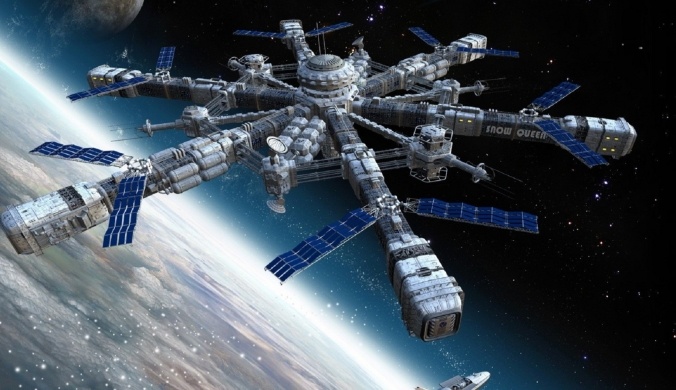
3 of 5
In the early 1960s NASA planners envisioned a space station program as the next step after Apollo. It was assumed that the United States would establish large space stations in orbit around Earth and possibly outposts on the Moon. In fact, NASA hoped to put at least one twelve-person space station in Earth orbit by 1975. This would require a new type of reusable space plane to carry cargo and personnel to and from the station. However, these grand plans did not mesh with the political, cultural, and technological realities of the times.
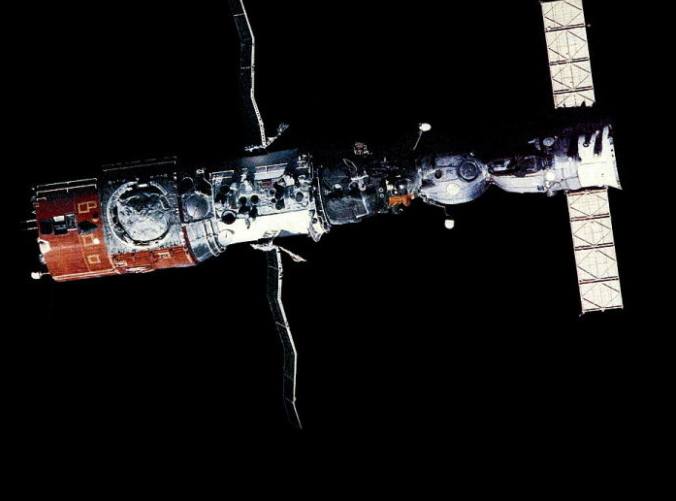
4 of 5
Salyut and Skylab, the first Soviet and american space stations were built during the last stages of the Space Race. The Soviets had lost the race to the moon so they saw a last chance at glory in building the first space station. NASA didn’t want to be left behind so they build Skylab as e response.
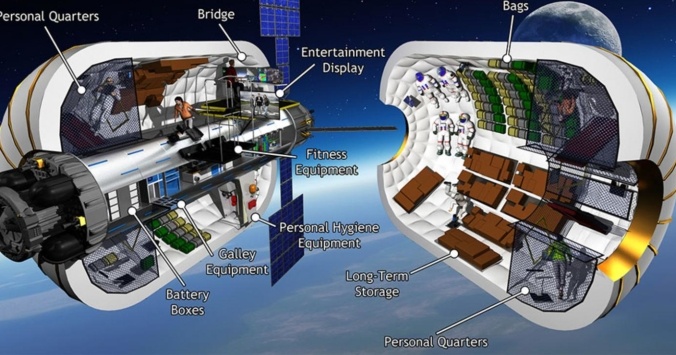
5 of 5
Building a space habitat is a tremendous challenge, starting with the need for very powerful rockets that could lift much more than just a manned space capsule or an unmanned robot probe. A large space habitat would have to be assembled from many modules that would be launched separately and would never land on Earth again. Astronauts would have to travel to and from the space station in other vehicles.
Beginning in 1952, Wernher von Braun and Chesley Knight Bonestell, Jr., sketched an early dream of living in giant structures in
space in magazine articles. In the 1970s, Gerard Kitchen O’Neill calculated how many resources would be required to build a city in space, in the shape of cylinder, a mile (1,600 m) long. There would be room inside for a million people. Work on smaller space platforms began in the 1960s. Scientists working for the United States Air Force were first to suggest an actual plan to build a habitat in space. It was called the Manned Orbital Laboratory (MOL) and would have been built inside the shell of a Titan rocket.
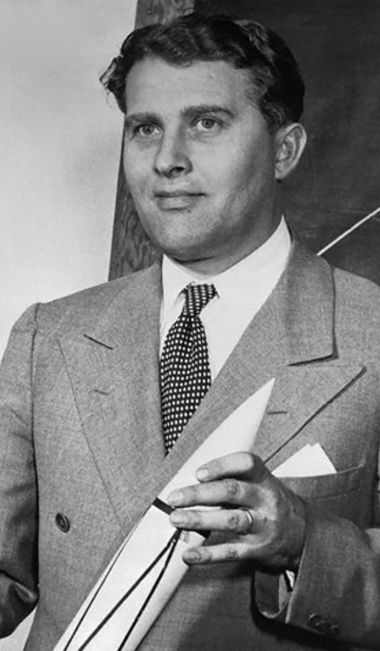
1 of 4
Von Braun and Bonestell drew a space station shaped like a huge bicycle wheel, bigger than a sports stadium, with just a few spokes and a large central hub where spaceships could dock. By slowly spinning, these habitats could create a realistic illusion
of gravity for folks living inside.
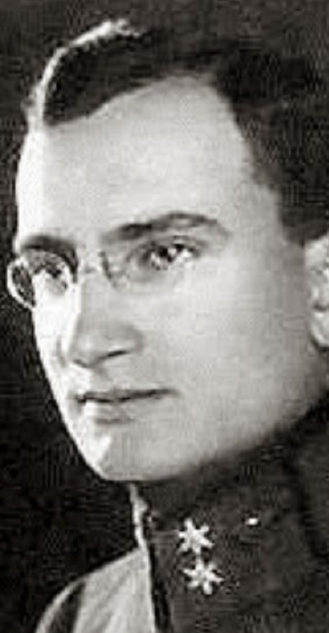
2 of 4
The idea of the permanently orbiting space station had been around almost as long as the idea of space travel. One of the earliest
studies was published in 1928 by an Austro-Hungarian soldier named Herman Potocnik, writing under the name of Hermann Noordung. Potocnik’s writings were so detailed that he even included an orbiting space telescope.

3 of 4
O’Neill suggested that the space citizens could sell energy back to Earth by collecting sunlight with enormous solar cells and beaming microwaves back to antennas on the ground. They could get the raw materials to build these solar cells by mining the surface of the Moon.
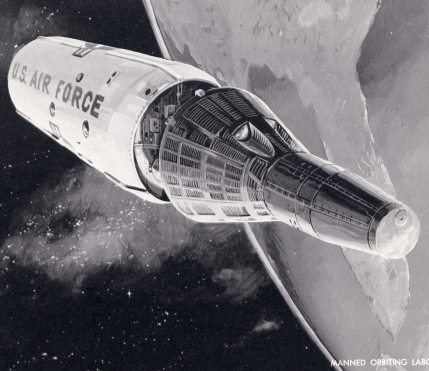
4 of 4
The USAF’s plan was to launch astronauts to the MOL in a Gemini-type capsule. The astronauts would have lived on board MOL for a month at a time, using telescopes to look down on Earth and watch the military operations of other countries. Soon, however, robotic telescopes were designed for these missions, and the Air Force cancelled the program after just one unmanned test launch.
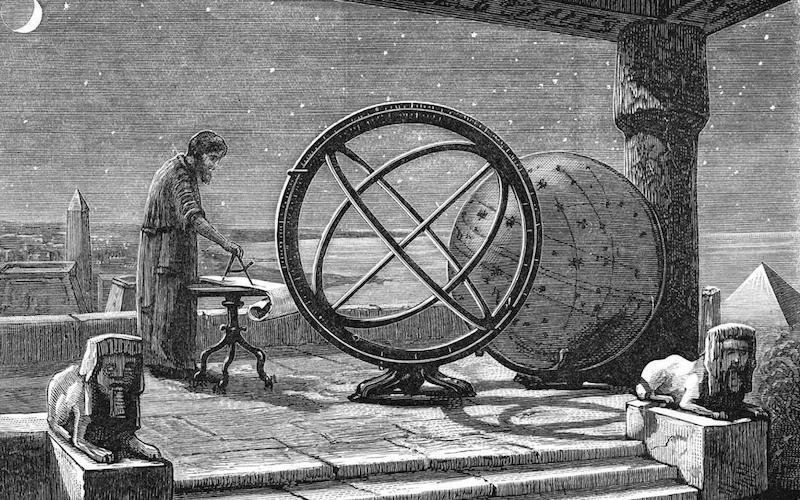
Astronomy in the Ancient Times
Astronomy is a science that studies celestial objects and phenomena. Humanity has studied astronomy since ancient times. Astronomy, as an orderly pursuit of knowledge about the heavenly bodies and the universe, did not begin in one moment at some particular epoch in a single society. Every ancient society had its own concept of the universe (cosmology) and of humanity's relationship to the universe. In most cases, these concepts were...
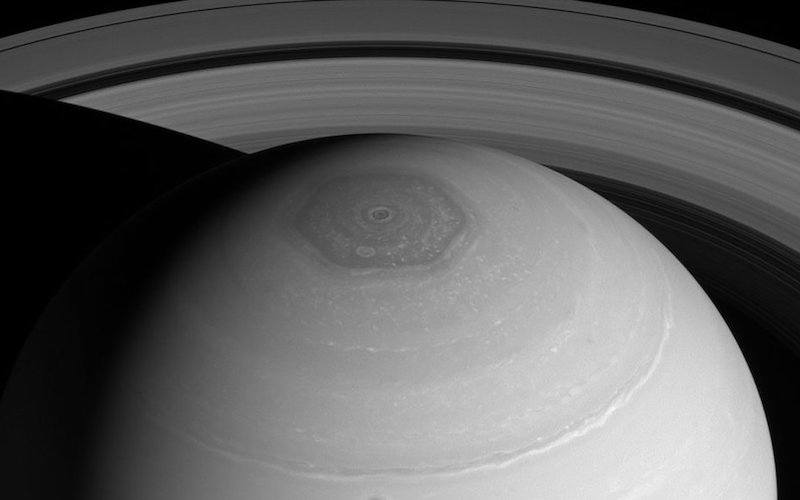
Astronomy in the Modern Times
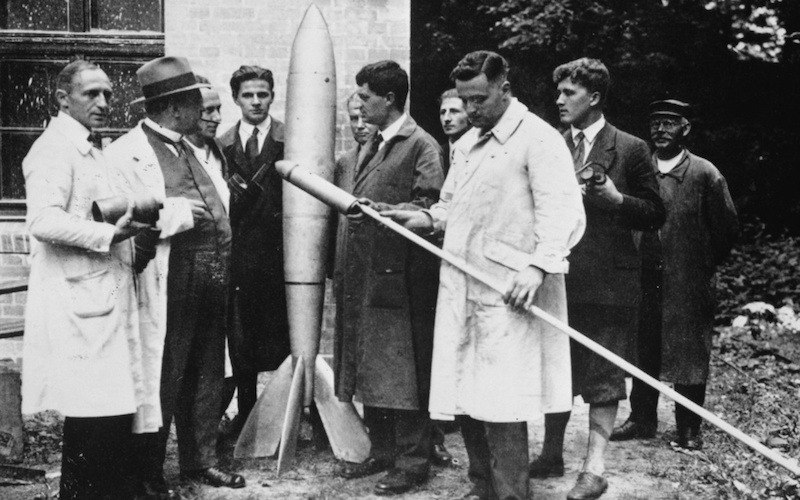
History of Rockets
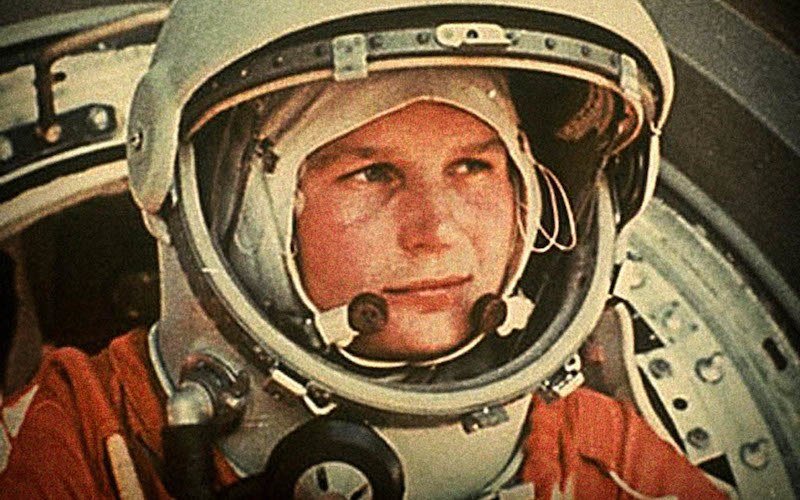
Space Race

Space exploration and the Cold War
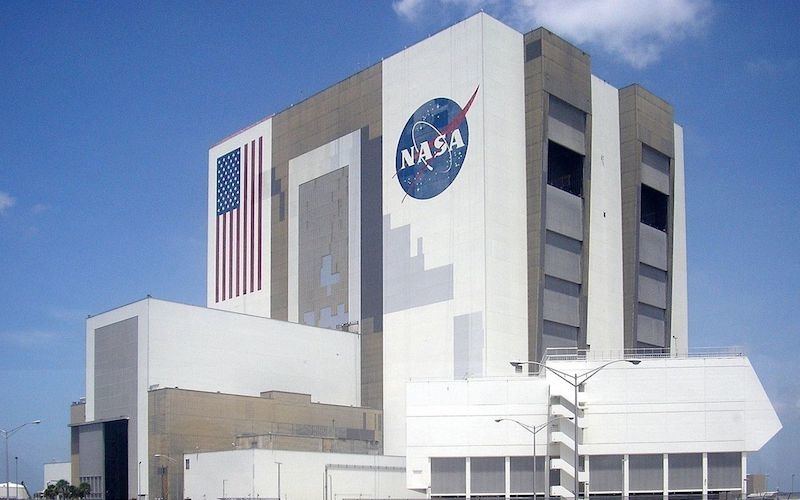
Space Agencies
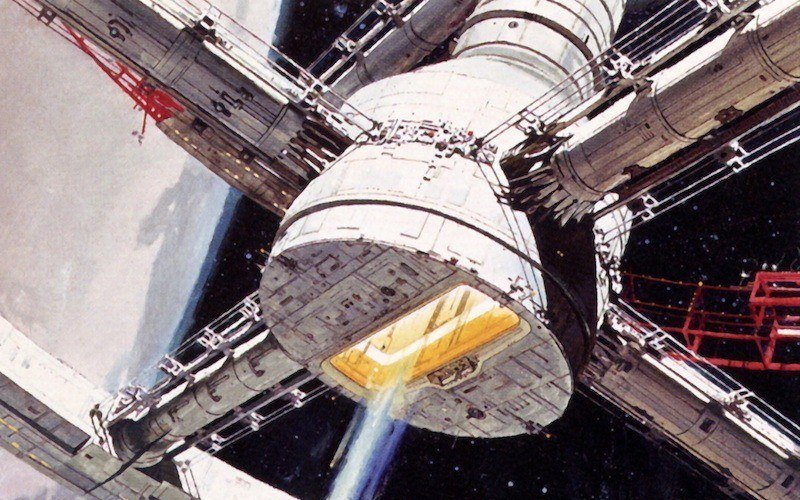
Science fiction and space exploration
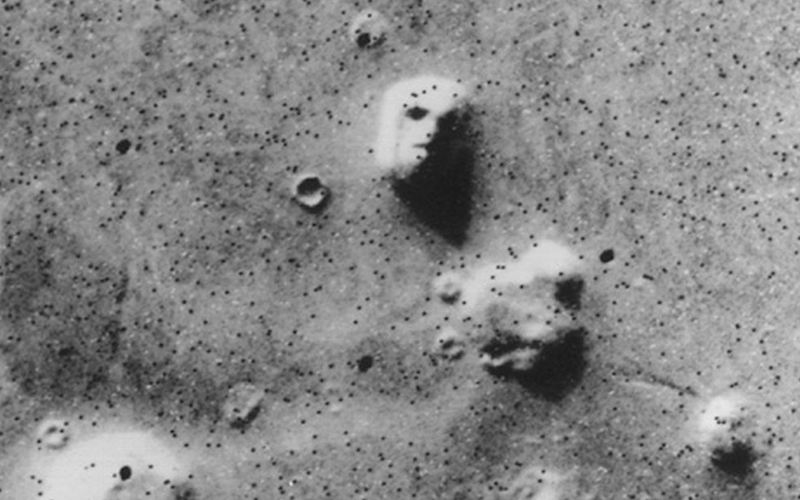
Exploration of Mars
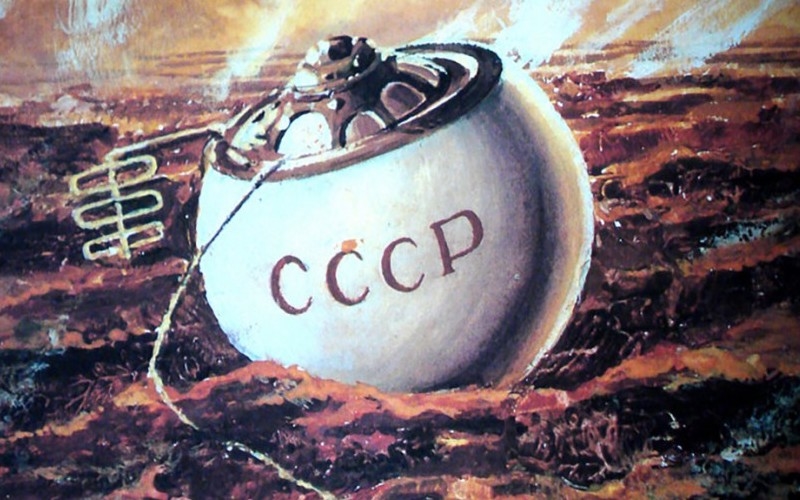
Exploration of the inner solar system
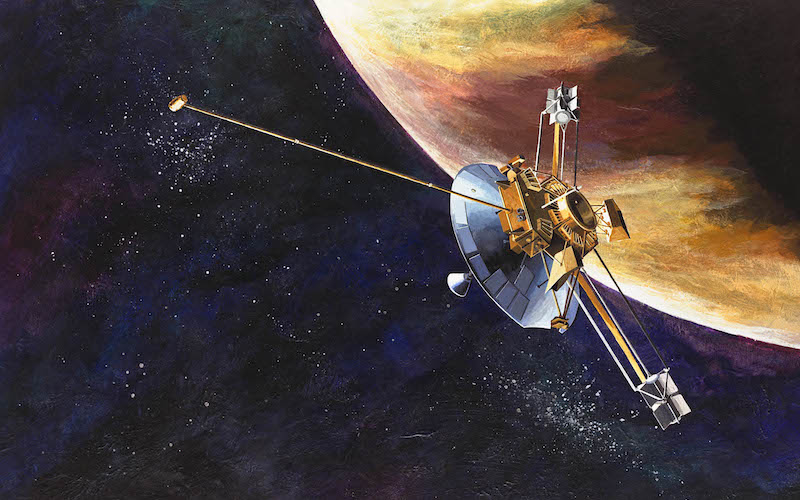
Exploration of the outer solar system

History of Satellites
One of the most dramatic moments of the twentieth century occurred on October 4, 1957. The Soviet Union sent a small shiny sphere with four long antennas into space. They called it Sputnik I. Sputnik is a Russian word that means “traveling companion.” The satellite traveled so fast that its ballistic flight continued all the way around Earth.
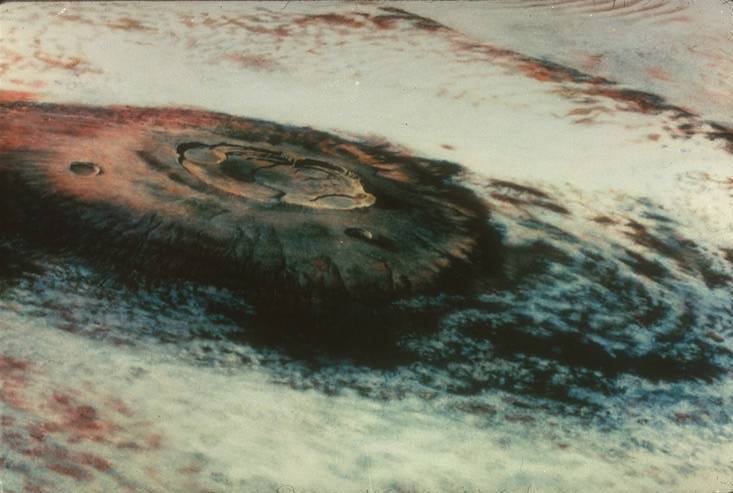
The Future of Space Exploration
While the current lunar exploration initiative has been justified as a “stepping stone” toward Mars, human missions to Mars represent a major step up in complexity, scale, and rigour compared to lunar missions.
- Cynthia Phillips, Shana Priwer, Space exploration for dummies, Wiley Publishing, Inc., Indianapolis, Indiana, 2009
- Kim Masters Evans, Space Exploration Triumphs and tragedies, Gale Publishing, Farmington Hills, Michigan, 2009
- Peter Jedicke, Great moments in space exploration, Infobase Publishing, New York, 2007
- Ron Miller, Space exploration, Space innovations, Twenty-First Century Books, Minneapolis, Minnesota, 2008
- David Whitehouse, One small step: The inside story of space exploration, Random House Publisher Services, New York, 2009





